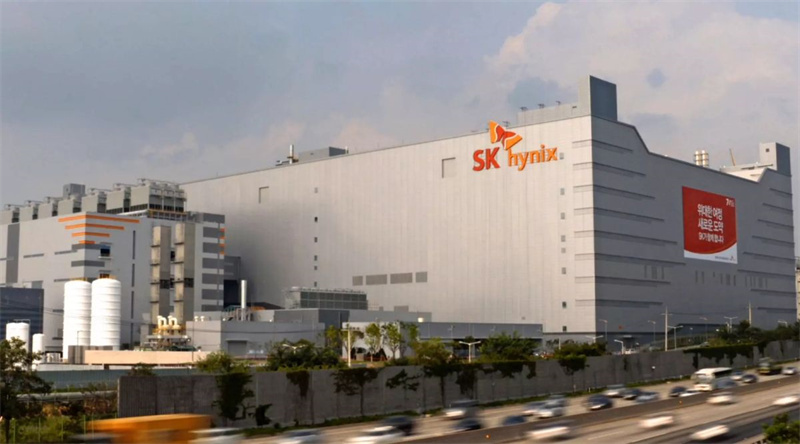SK Hynix's $3.87 billion high-bandwidth memory (HBM) packaging and R&D facility in West Lafayette, Indiana, is facing administrative lawsuits from local residents, potentially delaying the project and jeopardizing its access to CHIPS Act subsidies and regional cluster incentives.
According to the U.S. federal court system (PACER), three residents filed two administrative lawsuits on June 4 against the city hall and city council of West Lafayette. They allege procedural violations in rezoning decisions that relocated the factory site from "Area A" to "Area B," converting residential land (R-1) into industrial (I-3) use. The lawsuits do not name SK Hynix as a defendant.
The residents argue that the council ignored the local planning commission's recommendation to reject the rezoning, failed to properly assess environmental and traffic impacts, and approved a site just 250 meters from homes and schools. Over 2,400 residents signed a petition opposing the rezoning. One plaintiff claimed, “The public hearing was held late at night with no formal notice, and the rezoning was forced through at 1 a.m.”
SK Hynix had lobbied to change the site due to space and traffic constraints at the original narrow lot. CEO N.K. Kim acknowledged poor communication with the community but emphasized that the new rectangular site offered better layout and infrastructure. Still, if the court grants an injunction, the project timeline and the $458 million in federal subsidies could be severely impacted.
A court hearing is expected in July or August. If the city reverts to the original site, SK Hynix may face redesign and subcontracting delays. “We're open to returning to Area A,” said Kim, “but it would require starting over.”

Industry analysts suggest the lawsuits reflect broader NIMBY (Not In My Backyard) concerns in the U.S., where property rights are strongly protected. Some observers speculate residents may seek financial compensation if legal violations are proven.
While navigating the legal challenges, SK Hynix is pushing ahead on the technology front. It has begun low-volume shipments of HBM4 to Nvidia for its next-gen AI accelerator, Rubin, which is expected to sample in September. Micron has also provided limited HBM4 samples, though SK Hynix is believed to command a larger share of initial supply.

Originally targeting mass production in October, SK Hynix accelerated its HBM4 timeline to align with Nvidia's schedule. However, internal sources suggest volume production may not fully ramp until early 2026, given the complexity and rising costs of HBM4, which features double the I/O terminals and larger die sizes compared to previous generations.
Despite tight competition, SK Hynix is leading the HBM race, securing Nvidia, Microsoft, and Broadcom as key clients for both general-purpose and customized HBM. The company is now designing client-specific HBM products, with HBM4E—its seventh generation—expected in late 2025. TSMC will manufacture logic dies for the customized chips, marking a shift from SK Hynix's in-house production used in previous generations.
Samsung, still trailing SK Hynix, is reportedly in discussions with Broadcom and AMD to supply standard HBM4 chips, with volume production unlikely before mid-2026. Meanwhile, SK Hynix is projected to control more than 50% of the HBM market, ahead of Samsung (30%) and Micron (20%), according to TrendForce.
To meet rising demand, SK Hynix is repurposing its M15X fab in Cheongju into an HBM production hub, backed by a ₩20 trillion ($14.5 billion) investment. Market analysts expect the customized HBM segment to grow from $18.2 billion in 2024 to $130 billion by 2033—growth SK Hynix is well-positioned to capture.
+86 191 9627 2716
+86 181 7379 0595
8:30 a.m. to 5:30 p.m., Monday to Friday
